Overview
Organizational culture is a fascinating blend of values, traditions, norms, and beliefs that shape how a company operates and interacts. It’s like the personality of the organization, influencing everything from employee behavior to overall business strategy.
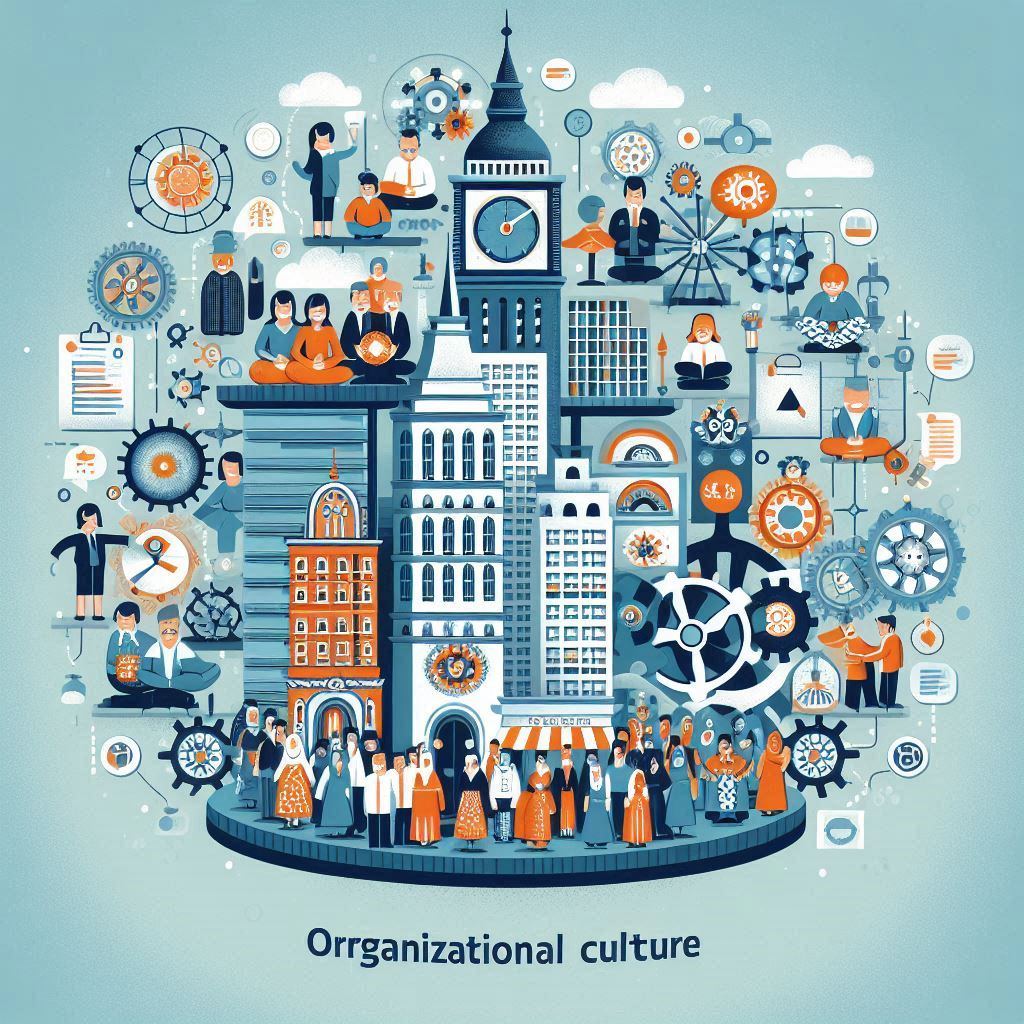
At its core, organizational culture encompasses shared values and practices, which can significantly impact employee satisfaction and performance. For instance, a company that values innovation and risk-taking will encourage employees to think creatively and experiment with new ideas. Conversely, a culture that emphasizes stability and adherence to established processes might prioritize efficiency and reliability.
Leadership plays a crucial role in shaping and maintaining organizational culture. Leaders set the tone through their actions and decisions, modeling the behaviors they want to see in their teams. Effective leaders foster a positive and inclusive culture by promoting open communication, recognizing achievements, and creating a sense of belonging among employees.
Organizational culture isn’t static—it evolves over time. Factors like industry trends, market conditions, and internal changes can all influence cultural shifts. Companies that adapt and stay aligned with their cultural values while embracing change tend to thrive in the long run.
Organizational culture extends beyond just the internal environment; it also impacts how a company is perceived externally. A strong, positive organizational culture can enhance a company’s reputation, attract top talent, and foster loyalty among customers. For example, companies known for their ethical practices and social responsibility often enjoy higher levels of trust and respect from the public.
One critical aspect of organizational culture is its effect on employee engagement and retention. When employees feel aligned with their company’s culture, they are more likely to be motivated, committed, and satisfied with their work. This, in turn, can lead to lower turnover rates and higher productivity. Cultivating a culture that values diversity and inclusion can also enhance creativity and innovation by bringing together different perspectives and ideas.
Communication is a cornerstone of organizational culture. Transparent and open communication helps build trust and ensures that everyone is on the same page regarding company goals and values. Regular feedback, whether through formal reviews or informal check-ins, can reinforce the desired cultural attributes and help address any misalignments.
Additionally, rituals and traditions play a role in reinforcing organizational culture. These can range from regular team-building activities and company-wide celebrations to unique practices like morning stand-up meetings or “innovation days.” Such traditions create a sense of community and continuity, helping employees feel connected to the organization’s larger mission and values.
A critical element of a thriving organizational culture is how it deals with change and adversity. Companies with strong, resilient cultures are better equipped to navigate crises, whether economic downturns, industry disruptions, or internal challenges. Resilience in culture means fostering a mindset that embraces change, learns from failure, and continually seeks improvement. This can be achieved through leadership that demonstrates adaptability and through practices that encourage innovation and risk-taking.
Mentorship and professional development opportunities are also integral to a robust organizational culture. When companies invest in their employees’ growth, they not only enhance their skills but also reinforce a culture of continuous learning and development. This can be through formal training programs, mentorship schemes, or even just fostering an environment where knowledge sharing is encouraged.
Recognition and reward systems play a significant role in reinforcing organizational culture. When employees feel their contributions are acknowledged and valued, it can boost morale and motivate them to align more closely with the company’s values and goals. This recognition can take many forms, from financial bonuses and promotions to public acknowledgment and awards.
Corporate social responsibility (CSR) is increasingly becoming a cornerstone of organizational culture. Companies that integrate social and environmental considerations into their operations and decision-making processes often enjoy enhanced reputations and stronger customer loyalty. A culture that prioritizes ethical behavior and community involvement can differentiate a company in the marketplace and contribute to long-term sustainability.
Moreover, the physical workspace itself can reflect and influence organizational culture. Open-plan offices, collaborative workspaces, and areas designed for relaxation and informal interaction can foster a culture of openness and collaboration. On the other hand, more traditional, compartmentalized office layouts might reflect and reinforce a culture focused on hierarchy and individual work.
It’s also worth noting the impact of technology on organizational culture. With the rise of remote work and digital collaboration tools, companies must adapt their cultures to ensure that employees feel connected and engaged, even when working from different locations. This involves creating virtual spaces for interaction, maintaining transparent communication, and fostering a sense of community online.
Lastly, measuring and assessing organizational culture is essential for its continuous improvement. Companies can use employee surveys, focus groups, and other feedback mechanisms to gauge the effectiveness of their cultural initiatives and identify areas for enhancement. By regularly evaluating their culture, companies can ensure that they remain aligned with their values and responsive to their employees’ needs.
Types of Organizational Culture
- Clan Culture: Focused on collaboration and teamwork. It’s like a big family where everyone looks out for each other, emphasizing mentorship and loyalty.
- Adhocracy Culture: Innovation and agility are key. Companies with this culture encourage taking risks and coming up with creative solutions. They thrive on being dynamic and forward-thinking.
- Market Culture: Results-oriented, where success is measured by market share and profit. There’s a strong focus on competition and achieving measurable goals.
- Hierarchy Culture: Structured and controlled, with clear procedures and responsibilities. Stability and efficiency are the main goals here, with an emphasis on formal rules and policies.
Clan Culture:
- Pros: Creates a nurturing environment where employees feel valued and supported. Encourages teamwork, loyalty, and strong relationships.
- Cons: Can sometimes lead to a lack of diversity in thought, as the tight-knit nature might resist outside ideas. Might not be competitive enough in highly aggressive markets.

Adhocracy Culture:
- Pros: Fosters innovation and adaptability. Employees are encouraged to take risks and think outside the box, leading to creative solutions and new opportunities.
- Cons: Can be chaotic without strong leadership. High levels of risk can sometimes lead to instability and lack of focus on core processes.

Market Culture:
- Pros: Highly effective in achieving measurable results and driving performance. Clear focus on objectives and competitive advantage.
- Cons: Can create a high-pressure environment. Employees might feel like they’re only as good as their last achievement, which can impact morale and work-life balance.

Hierarchy Culture:
- Pros: Ensures consistency, efficiency, and stability. Clear structure and processes help in maintaining order and predictability.
- Cons: Can be rigid and stifle innovation. Might slow down decision-making and adaptiveness in a rapidly changing environment.

Organizations often blend these cultures to match their specific needs. For example, a tech startup might integrate elements of adhocracy to foster innovation, while also maintaining some hierarchy to ensure stability as they scale. Understanding which blends fit best can lead to better alignment with organizational goals and employee satisfaction.
Bad Organizational Culture
A toxic organizational culture can be a slow but certain shipwreck. Productivity takes a hit because employees lack motivation and engagement. High turnover becomes a significant issue as dissatisfied employees leave, leading to increased hiring and training costs.
Morale and mental health decline, resulting in higher absenteeism and lower overall well-being. Poor communication and lack of trust breed misunderstandings and conflict, affecting collaboration and decision-making. Innovation grinds to a halt as fear and resistance to change dominate, stifling creativity and progress.
Customers can also feel the impact. When employees aren’t happy, it often reflects in customer service, leading to decreased customer satisfaction and loyalty. Reputation damage follows, as word gets out about the toxic environment, affecting the company’s ability to attract both talent and clients.
All of this forms a vicious cycle that can ultimately lead to a company’s downfall if not addressed.
A toxic organizational culture can create a cascade of negative effects that can profoundly impact every aspect of a business.
Employee Well-Being
- Stress and Burnout: A culture that values overworking or constant high-pressure environments leads to chronic stress, burnout, and related health issues among employees.
- Mental Health: A lack of support, recognition, or fairness can exacerbate issues like anxiety and depression.
Employee Retention and Recruitment
- High Turnover: Good talent quickly leaves toxic environments, increasing recruitment costs and disrupting team dynamics.
- Talent Attraction: A bad reputation can deter potential hires, making it difficult to attract quality candidates.
Productivity and Performance
- Low Engagement: Disengaged employees are less productive and less motivated to contribute beyond basic requirements.
- Quality of Work: Constant negativity can reduce the quality of work, leading to errors and a lack of innovation.
Interpersonal Relationships
- Conflict: Poor communication and mistrust create conflicts, leading to a toxic atmosphere where teamwork and collaboration suffer.
- Isolation: Employees might feel isolated if the culture doesn’t promote inclusivity and respect, leading to a fragmented workforce.
Customer Satisfaction
- Poor Service: Unhappy employees often provide poor customer service, which can damage the company’s reputation and reduce customer loyalty.
- Brand Image: Word of mouth spreads quickly; negative experiences can tarnish the company’s image in the market.
Organizational Growth
- Innovation Stagnation: Fear of retribution or failure stifles creativity, preventing new ideas and improvements from emerging.
- Financial Performance: All these factors combined can lead to decreased financial performance, affecting profitability and long-term sustainability.
Leadership Challenges
- Crisis Management: Leaders might find it increasingly difficult to manage and steer the company towards a positive direction amidst growing toxicity.
- Trust and Respect: Leadership credibility and authority are eroded when they fail to address cultural issues, resulting in a lack of trust and respect from employees.
The ramifications of a toxic culture are profound and far-reaching. Addressing and transforming such a culture requires a concerted effort, starting with genuine commitment from leadership and active involvement from all organizational levels.
Good Organizational Culture
A good organizational culture on the other hand is the bedrock for success. It sparks:
Employee Engagement and Satisfaction
- Higher Morale: Employees feel valued, supported, and motivated, resulting in a more engaged workforce.
- Retention: Higher job satisfaction leads to lower turnover rates, saving costs associated with hiring and training new employees.
Increased Productivity
- Efficiency: Engaged employees are more productive and willing to go the extra mile.
- Quality of Work: A positive environment fosters attention to detail and commitment to excellence.
Innovation and Creativity
- Risk-taking: Employees feel safe to share ideas and take risks, fostering innovation.
- Collaboration: An open culture encourages collaboration and knowledge sharing, sparking creative solutions.
Stronger Team Dynamics
- Trust and Respect: A culture of mutual respect builds strong teams and enhances communication.
- Cohesion: Strong relationships and teamwork lead to better problem-solving and decision-making.
Enhanced Reputation
- Employer Branding: A good culture attracts top talent and positions the company as a desirable place to work.
- Customer Loyalty: Happy employees provide better service, increasing customer satisfaction and loyalty.
Financial Performance
- Profitability: Improved efficiency, innovation, and customer satisfaction drive higher profitability.
- Sustainability: A positive culture supports long-term success and resilience in the face of challenges.
Leadership Effectiveness
- Inspiration: Effective leaders thrive in and promote a positive culture, inspiring their teams.
- Vision Alignment: Strong cultures align with organizational values and vision, ensuring everyone is working towards common goals.
In essence, a good organizational culture is the catalyst for not just surviving, but thriving.
How to Create an Excellent Organizational Culture
Creating an excellent organizational culture is a deliberate process that involves clear vision, consistent actions, and genuine commitment. Here’s how:
Define Core Values and Mission – Start by clearly articulating your company’s core values and mission. These should reflect what the organization stands for and what it aims to achieve. Ensure that these values are communicated effectively across all levels of the organization.

Lead by Example – Leadership must embody the company’s values. When leaders consistently demonstrate the behaviors and attitudes that align with the desired culture, it sets the standard for everyone else. Authentic leadership is key to fostering trust and commitment.
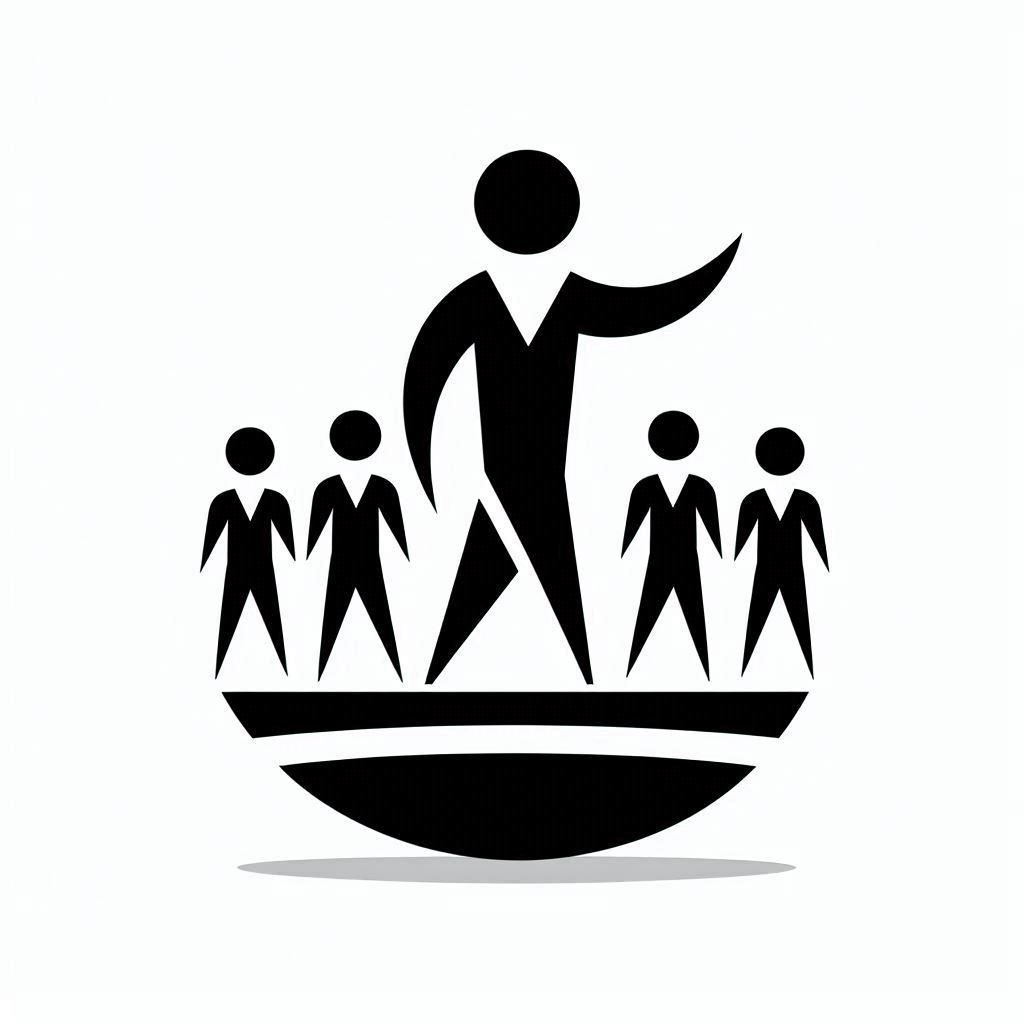
Prioritize Open Communication – Cultivate an environment where open, honest, and transparent communication is encouraged. This includes regular check-ins, feedback mechanisms, and ensuring that employees feel heard and valued.

Foster a Sense of Community – Create opportunities for team-building and relationship-building. Whether through social events, team projects, or collaborative workspaces, these activities can strengthen bonds and foster a sense of belonging.
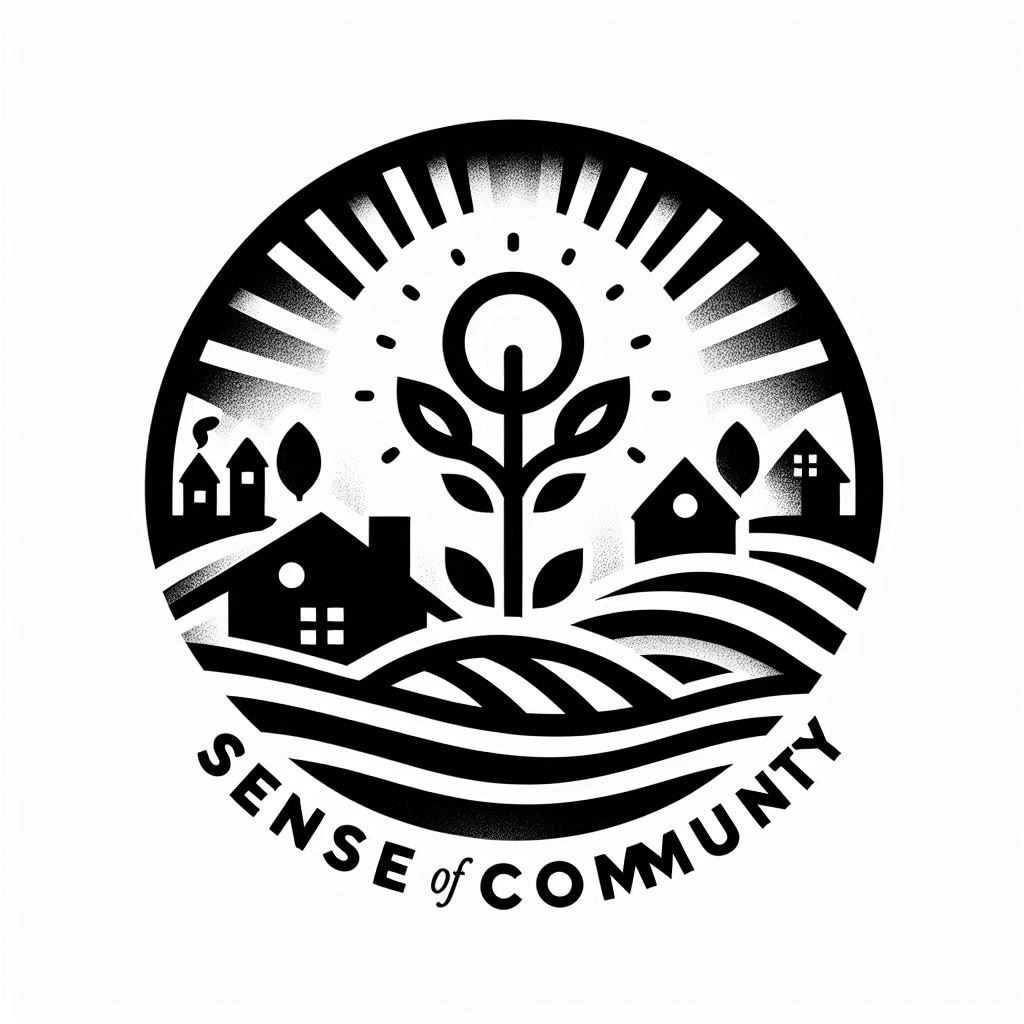
Recognize and Reward – Implement systems to recognize and reward behaviors that align with the company’s values. This can be through formal recognition programs, bonuses, or simple gestures of appreciation. Consistent acknowledgment reinforces positive behavior and motivates employees.
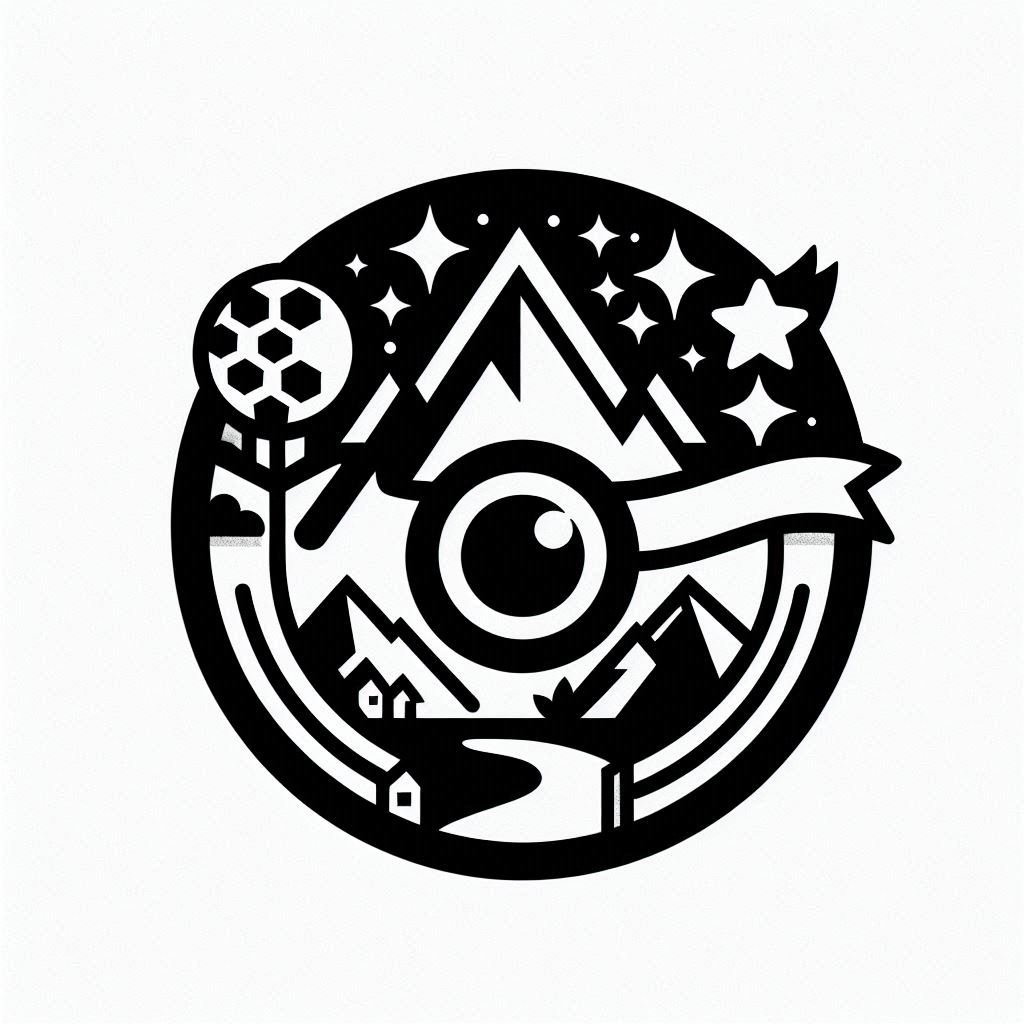
Invest in Development – Provide opportunities for professional growth and development. This shows employees that the company values their progress and is willing to invest in their future. Training programs, mentorship, and career development plans are key components.
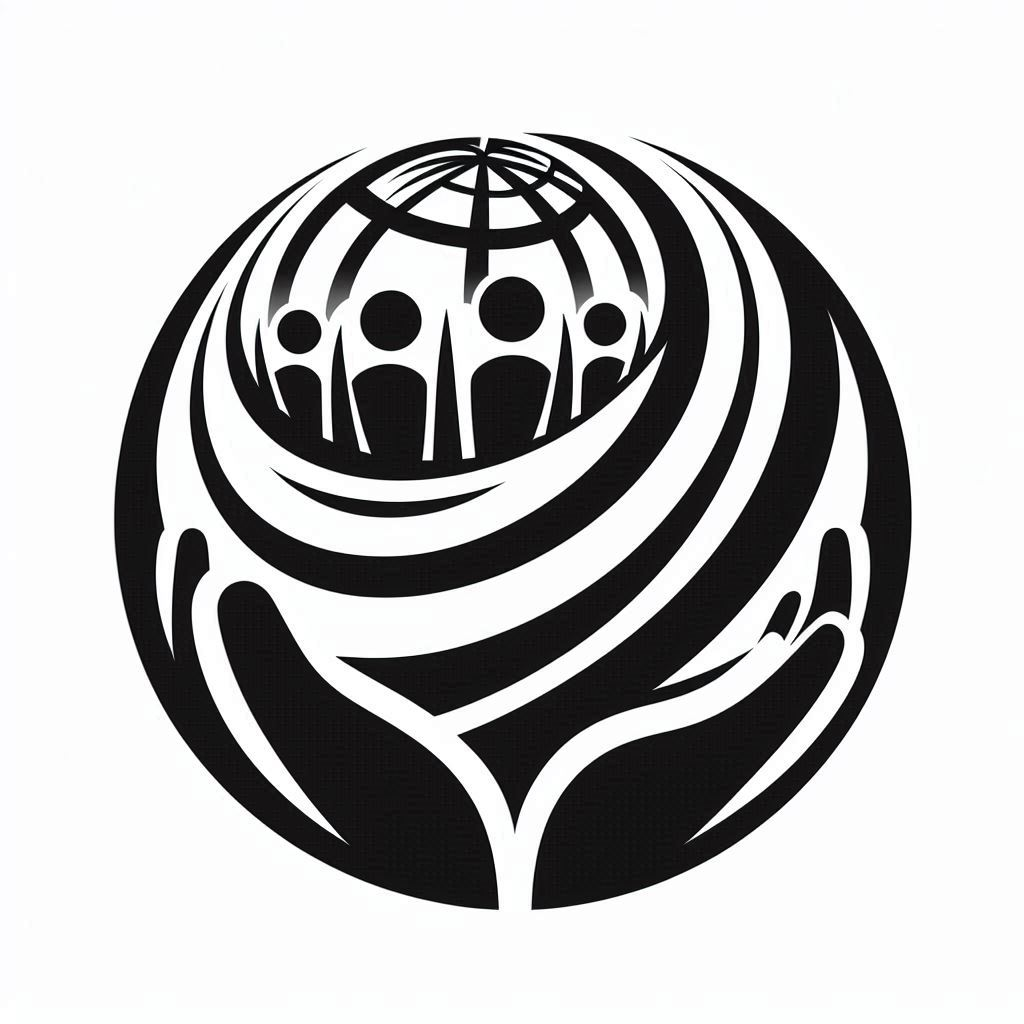
Promote Work-Life Balance – Support work-life balance to ensure employees’ well-being. Flexible work hours, remote work options, and a culture that respects personal time can lead to happier, more productive employees.

Encourage Innovation and Risk-Taking – Create a safe space for employees to share ideas and take risks. Encourage creativity and allow room for failure as a learning process. This can lead to breakthrough innovations and continuous improvement.
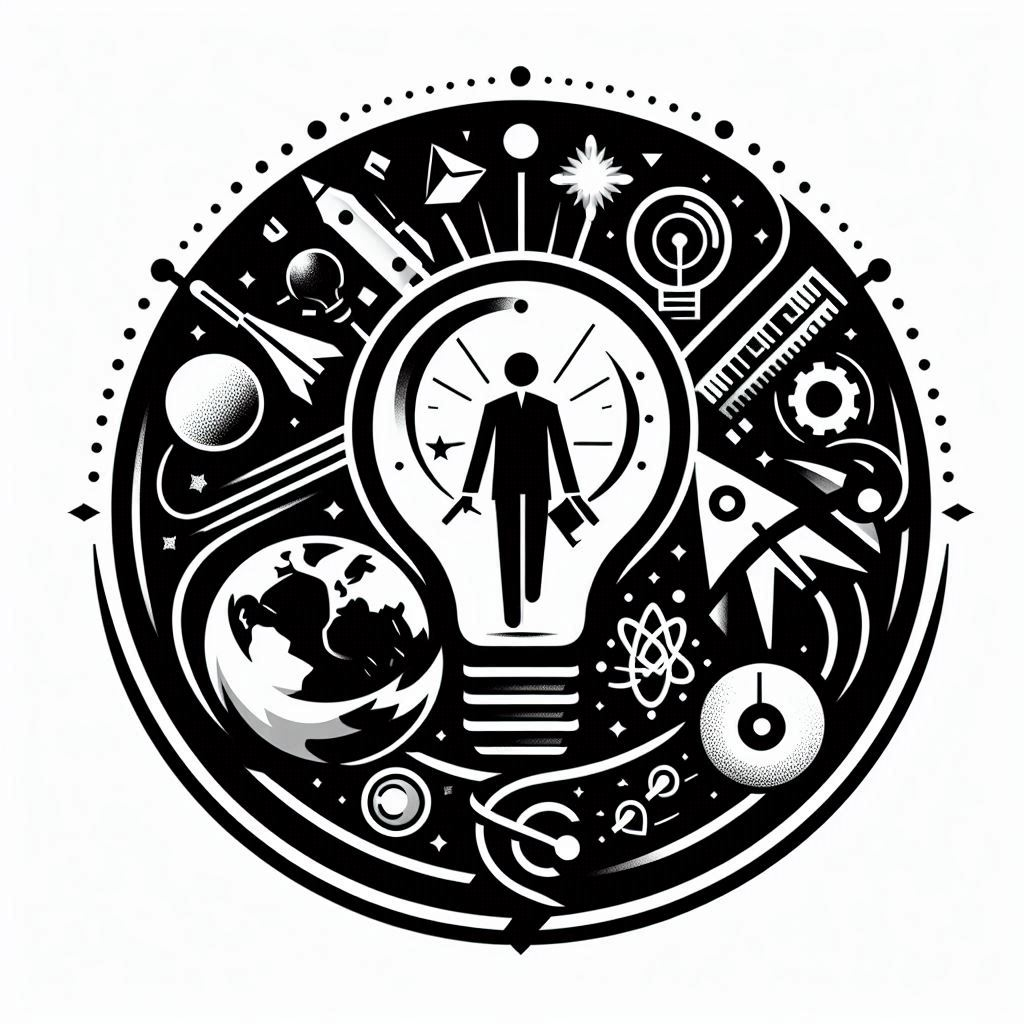
Monitor and Adapt – Regularly assess the organizational culture through surveys, feedback, and observation. Be willing to adapt and make changes based on this input to ensure the culture evolves positively and remains aligned with the company’s goals.

Embed Culture in Hiring – Recruit individuals who align with the company’s values and culture. The hiring process should evaluate not just skills but also cultural fit. Onboarding should emphasize cultural integration, helping new hires understand and embrace the company’s ethos.

Creating and maintaining an excellent organizational culture is an ongoing journey, not a one-time project. It requires dedication, consistency, and a willingness to evolve.
How long does it take to Create a Good Organizational Culture
Creating an organizational culture isn’t an overnight endeavor; it’s a continuous process that evolves over time. In general, establishing a strong, cohesive culture can take anywhere from several months to a few years, depending on various factors:
Factors Influencing the Timeline:
Size of the Organization:
- Smaller organizations might adapt more quickly due to fewer layers and a more intimate setting.
- Larger organizations often need more time due to the complexity and the number of employees.
Leadership Commitment:
- The dedication of leadership in embodying and promoting cultural values is crucial.
- Consistent and visible actions from leaders can accelerate cultural adoption.
Communication and Engagement:
- Effective communication strategies and employee engagement can speed up the process.
- Regular feedback and involvement from all levels of the organization are essential.
Existing Culture:
- Changing an entrenched culture can take longer, especially if it contrasts sharply with the desired new culture.
- Building on a strong foundation or minor adjustments can be quicker.
External Influences:
- Market conditions, industry standards, and societal changes can impact the pace of cultural evolution.
Stages of Cultural Development:
Initiation:
- Leadership defines and communicates the core values and vision.
- Initial steps include aligning policies, practices, and symbols with these values.
Adoption:
- Employees begin to understand, accept, and integrate the new cultural elements.
- Training programs, workshops, and consistent reinforcement help in adoption.
Integration:
- The culture becomes a natural part of daily operations and employee behavior.
- Ongoing efforts to celebrate successes and address challenges solidify the culture.
Sustenance:
- Continuous assessment and adaptation ensure the culture remains relevant and vibrant.
- Leadership maintains a focus on nurturing and evolving the culture as needed.
In Summary
Each organization’s journey is unique, and the key is persistence and adaptability. The more effort and consistency applied, the faster and more effectively a positive organizational culture can be established.
In today’s rapidly changing business environment, companies must be agile in adapting their culture to remain competitive. This often involves embracing technological advancements, promoting continuous learning, and being open to new ways of thinking. Leaders must balance maintaining core cultural values with encouraging flexibility and adaptability.
Organizational culture is a dynamic, ever-evolving entity that requires intentional effort and leadership. By prioritizing culture, companies can create environments where employees are engaged, innovation thrives, and sustainable success is achieved. It’s the heart and soul of a vibrant, forward-thinking organization.
Ultimately, organizational culture is a dynamic and multifaceted aspect of any business. By intentionally cultivating a positive and inclusive culture, companies can create an environment where employees thrive, innovation flourishes, and long-term success is achieved. It’s the essence of what makes a workplace not just functional, but exceptional.




